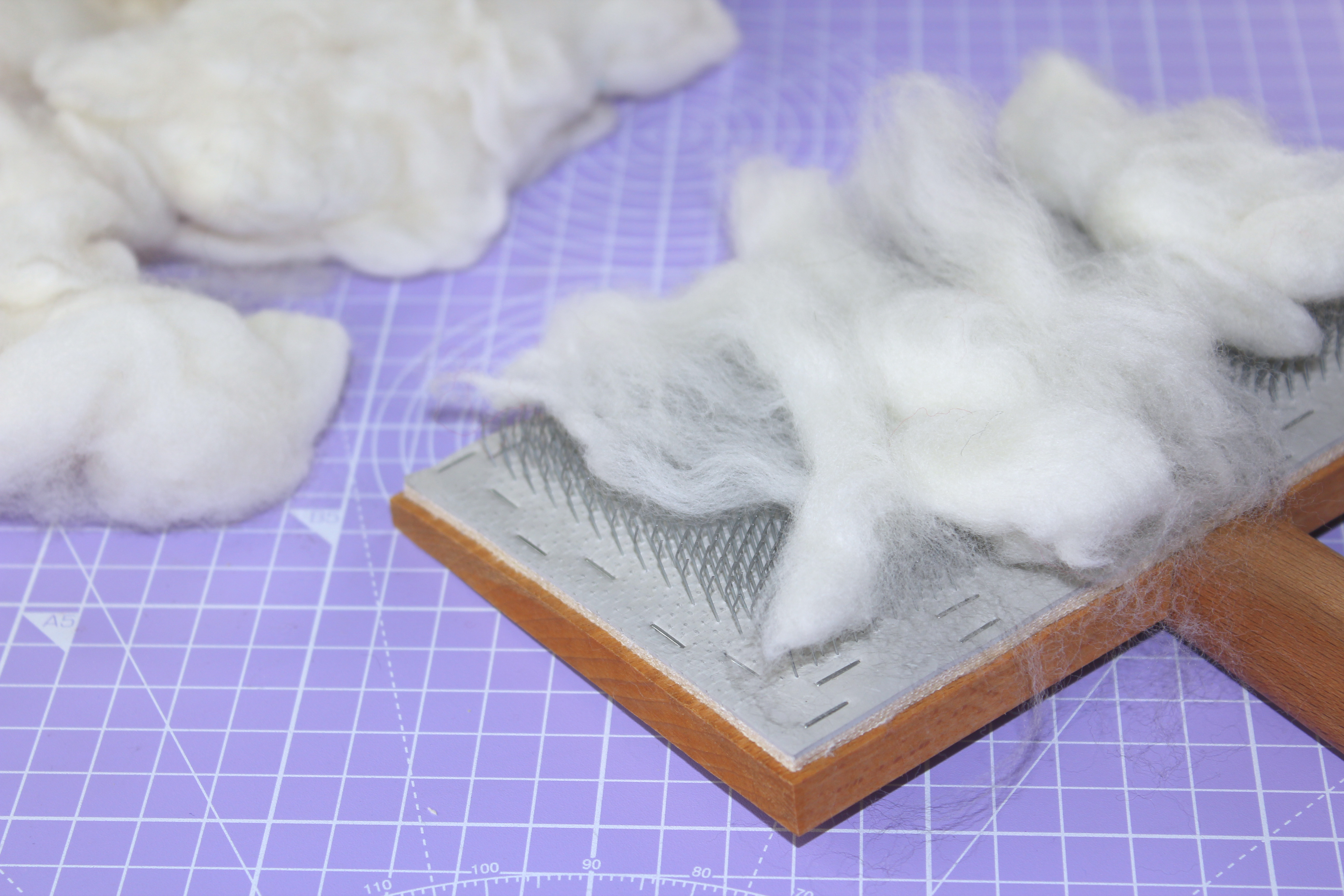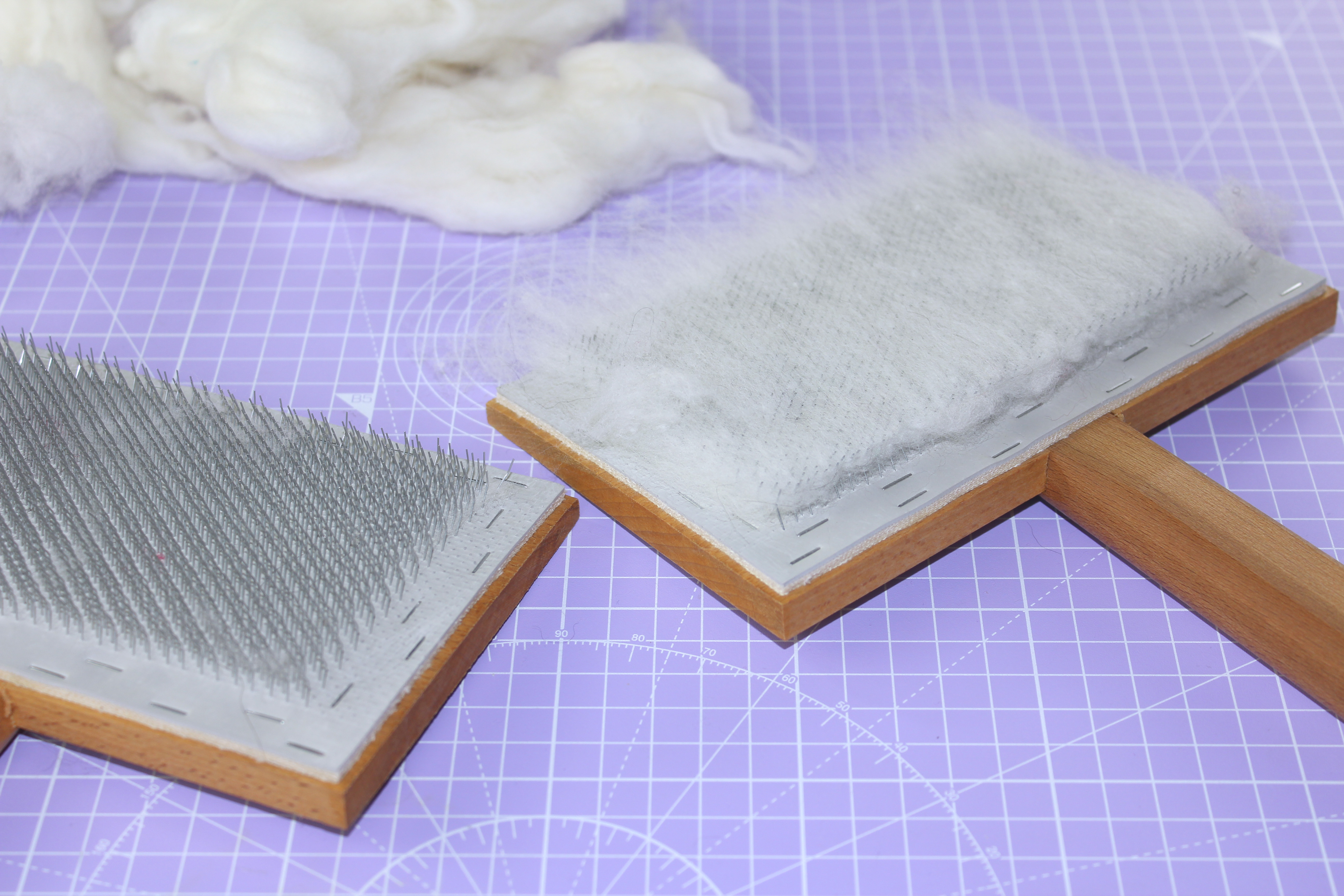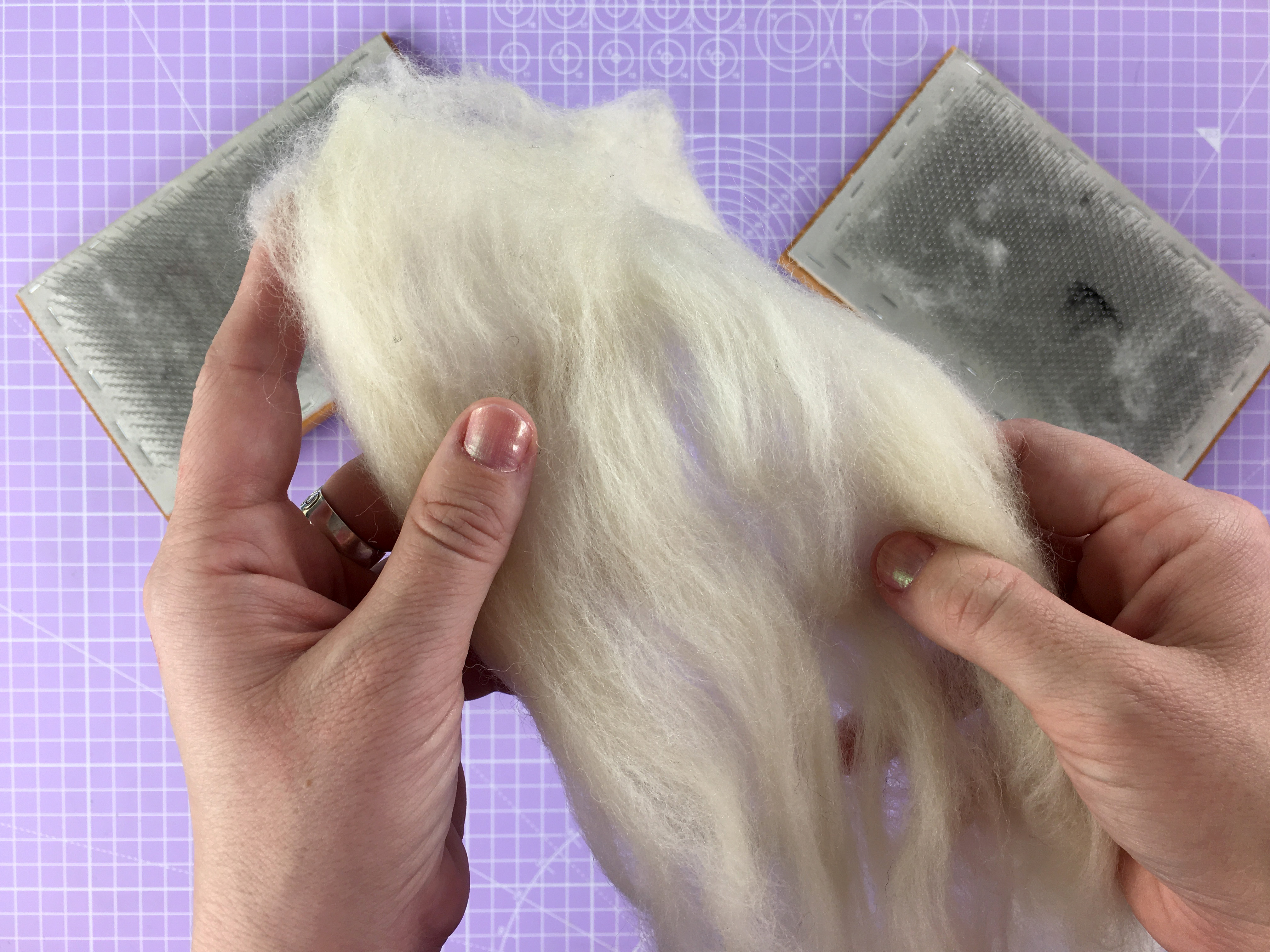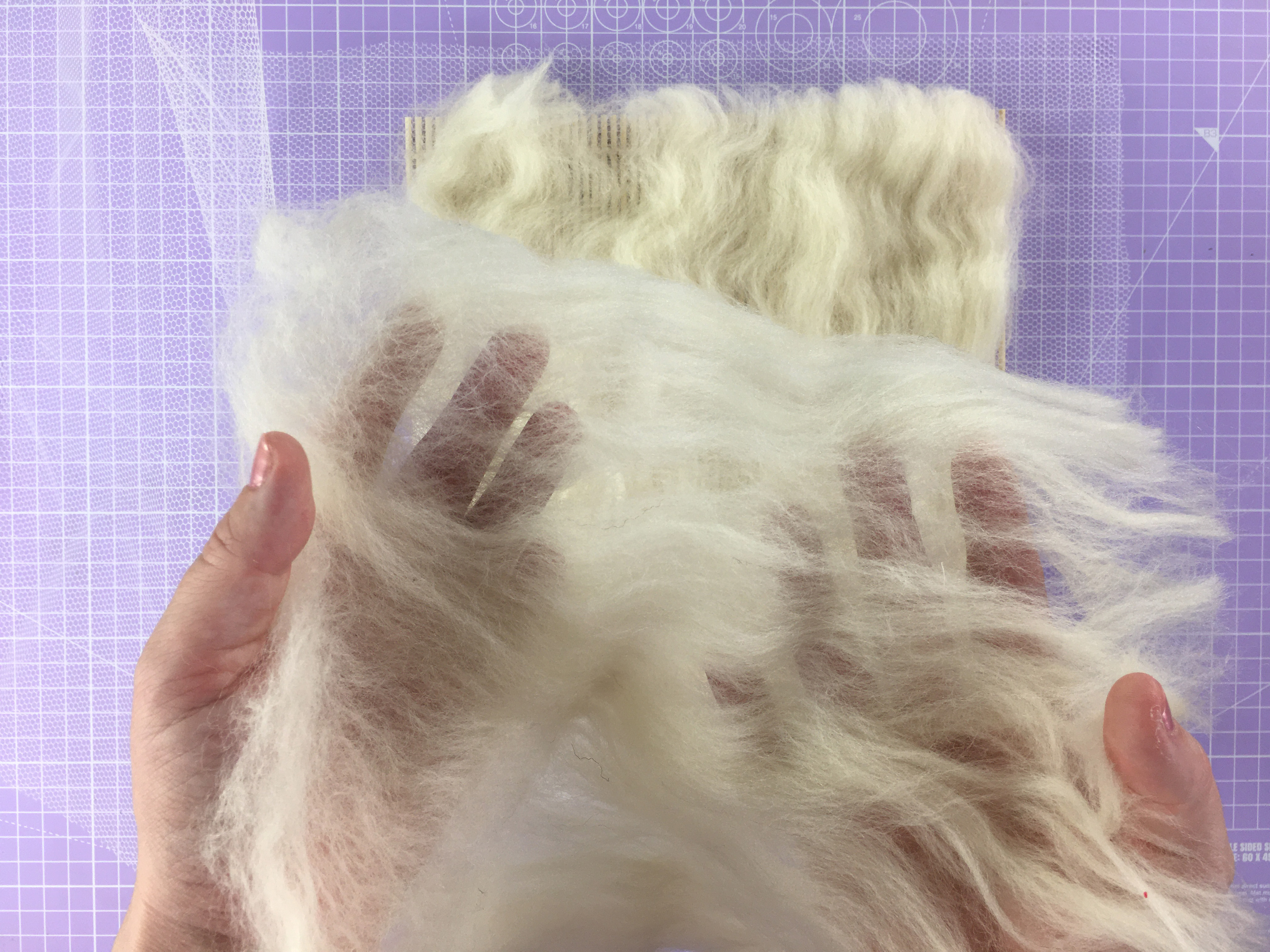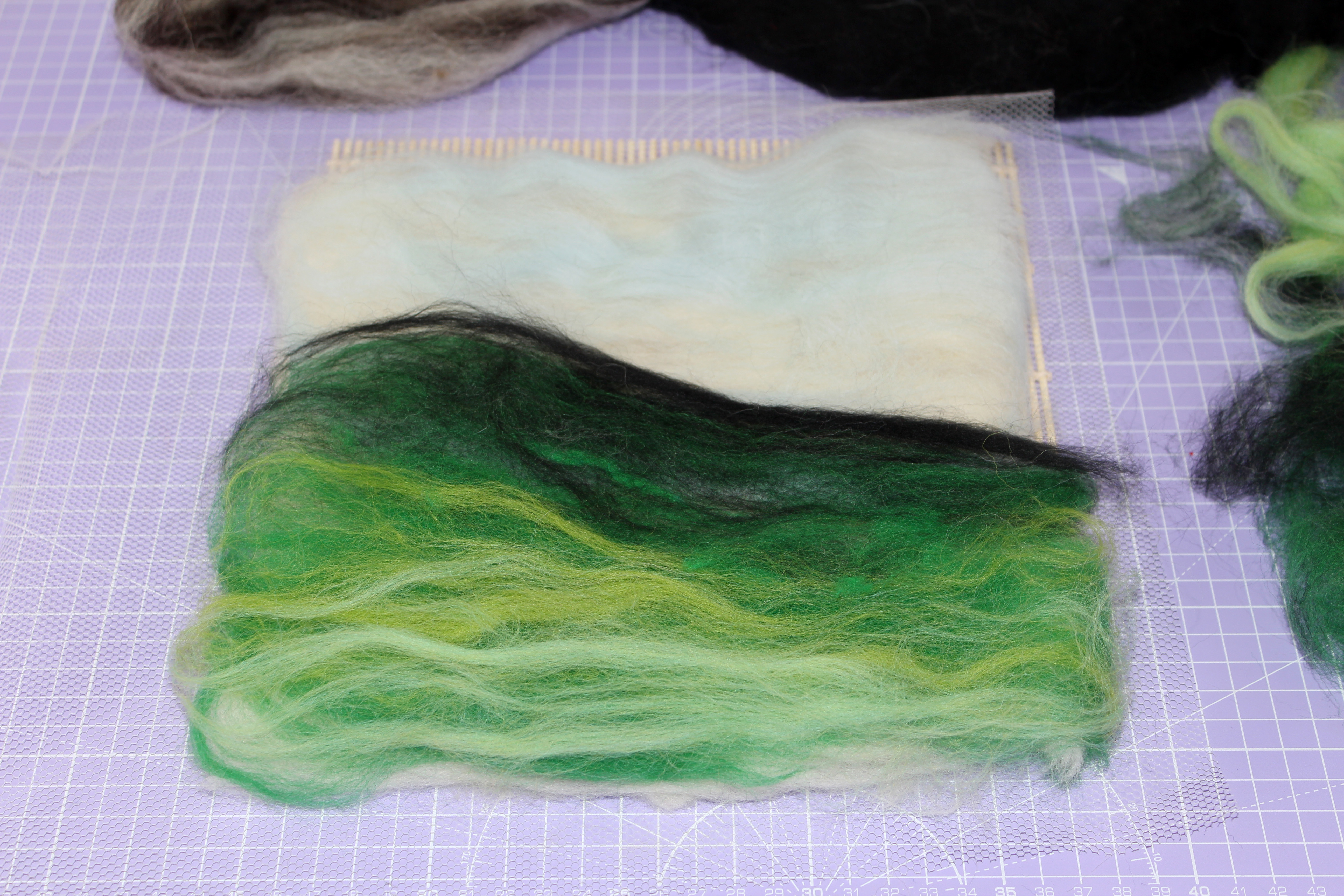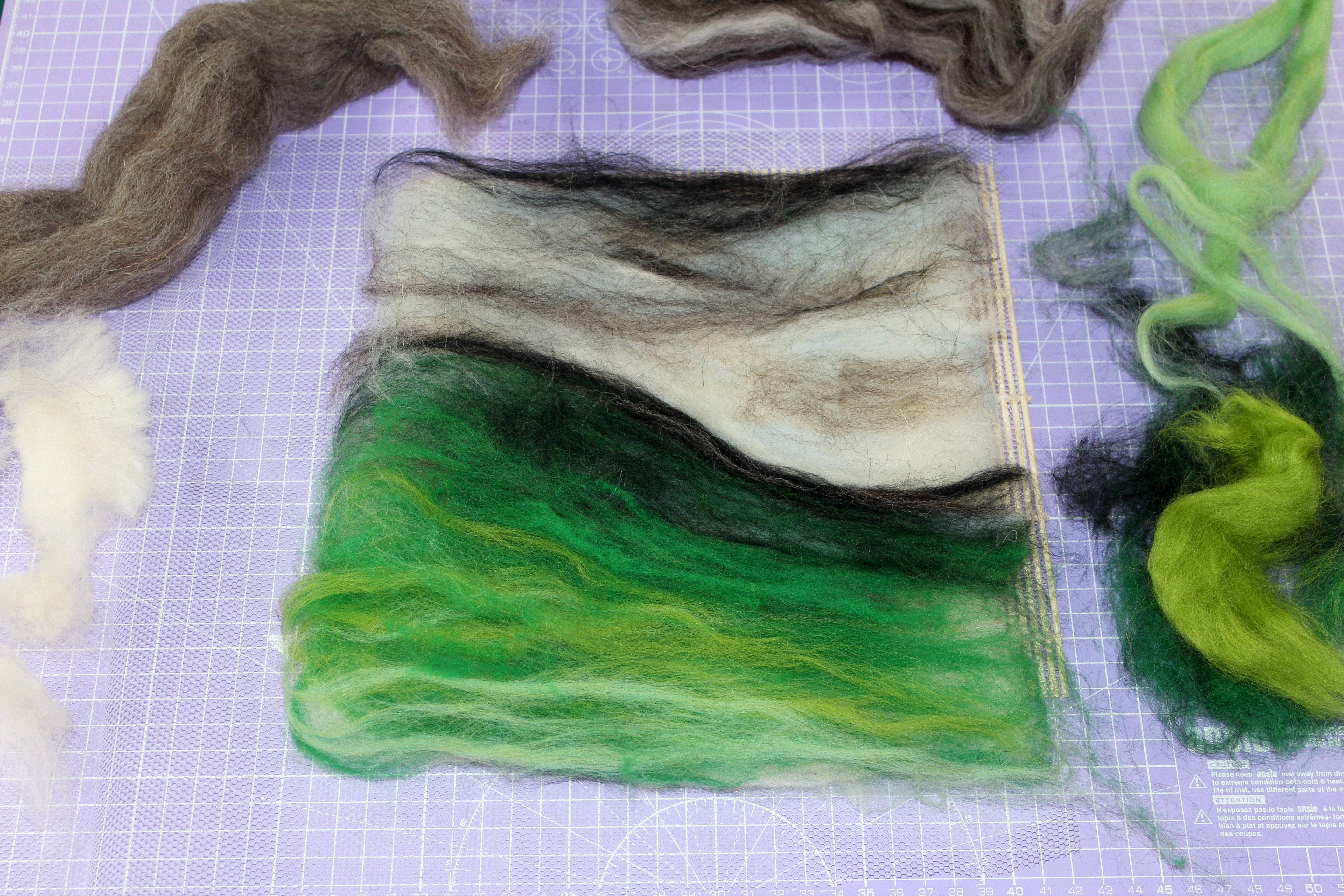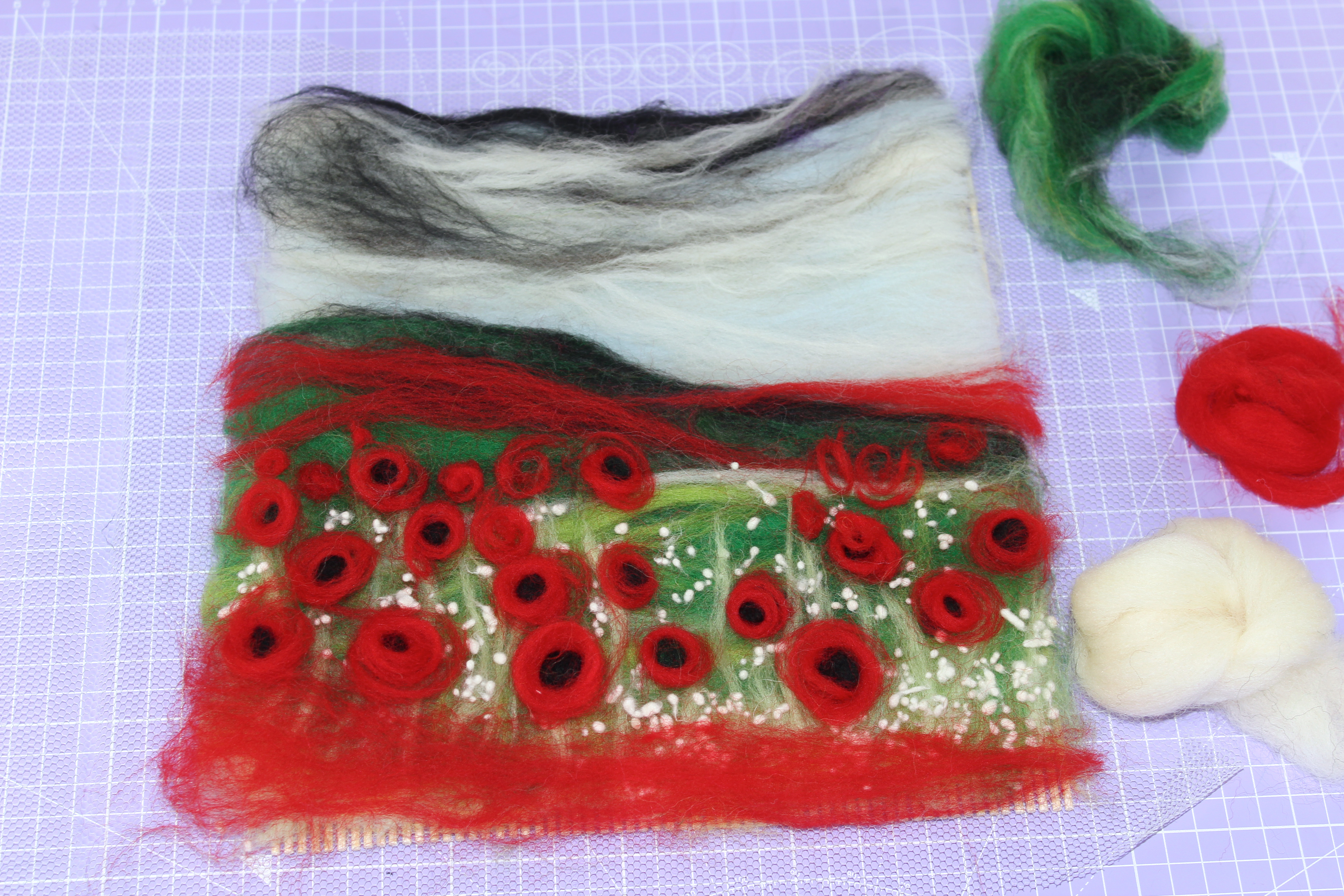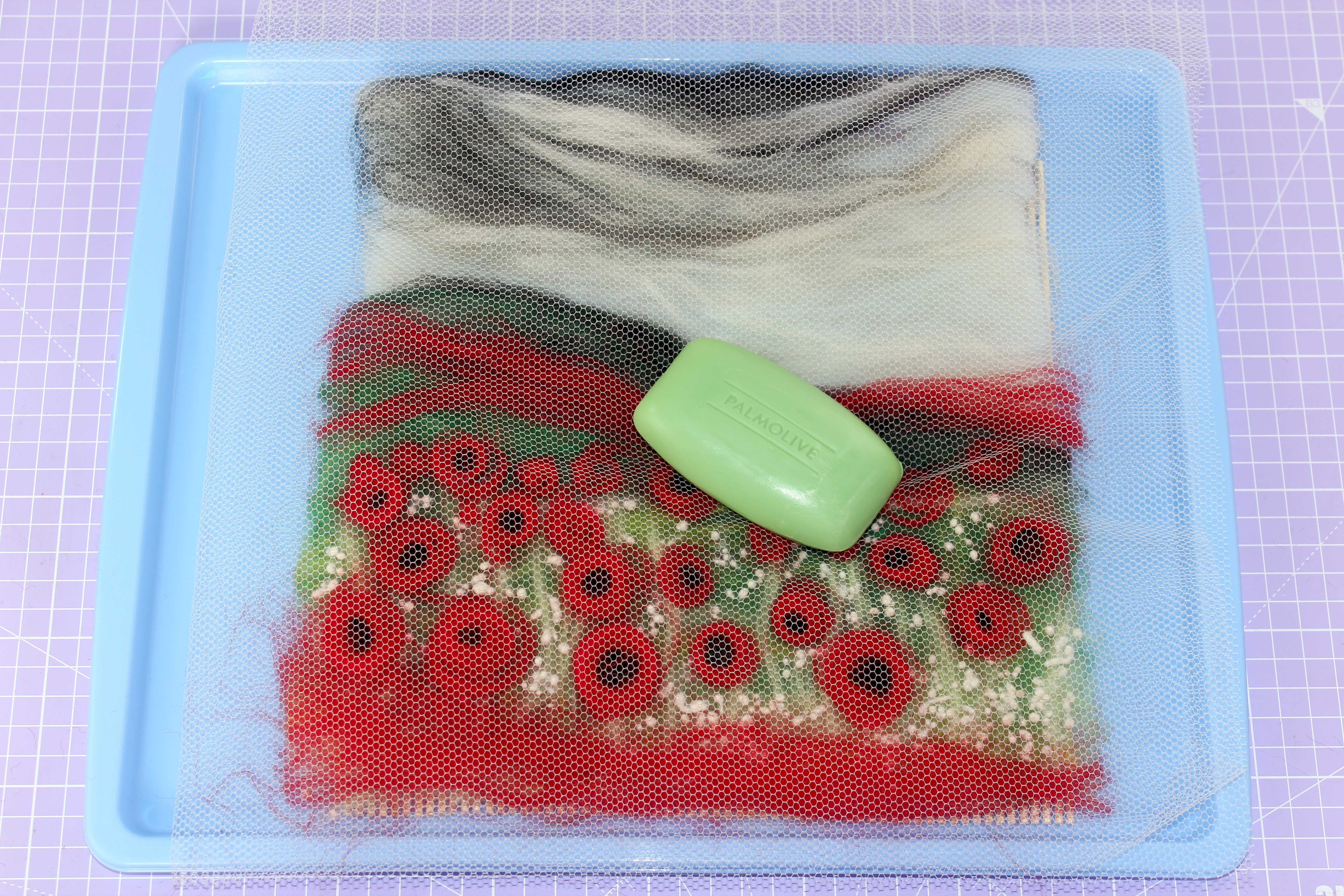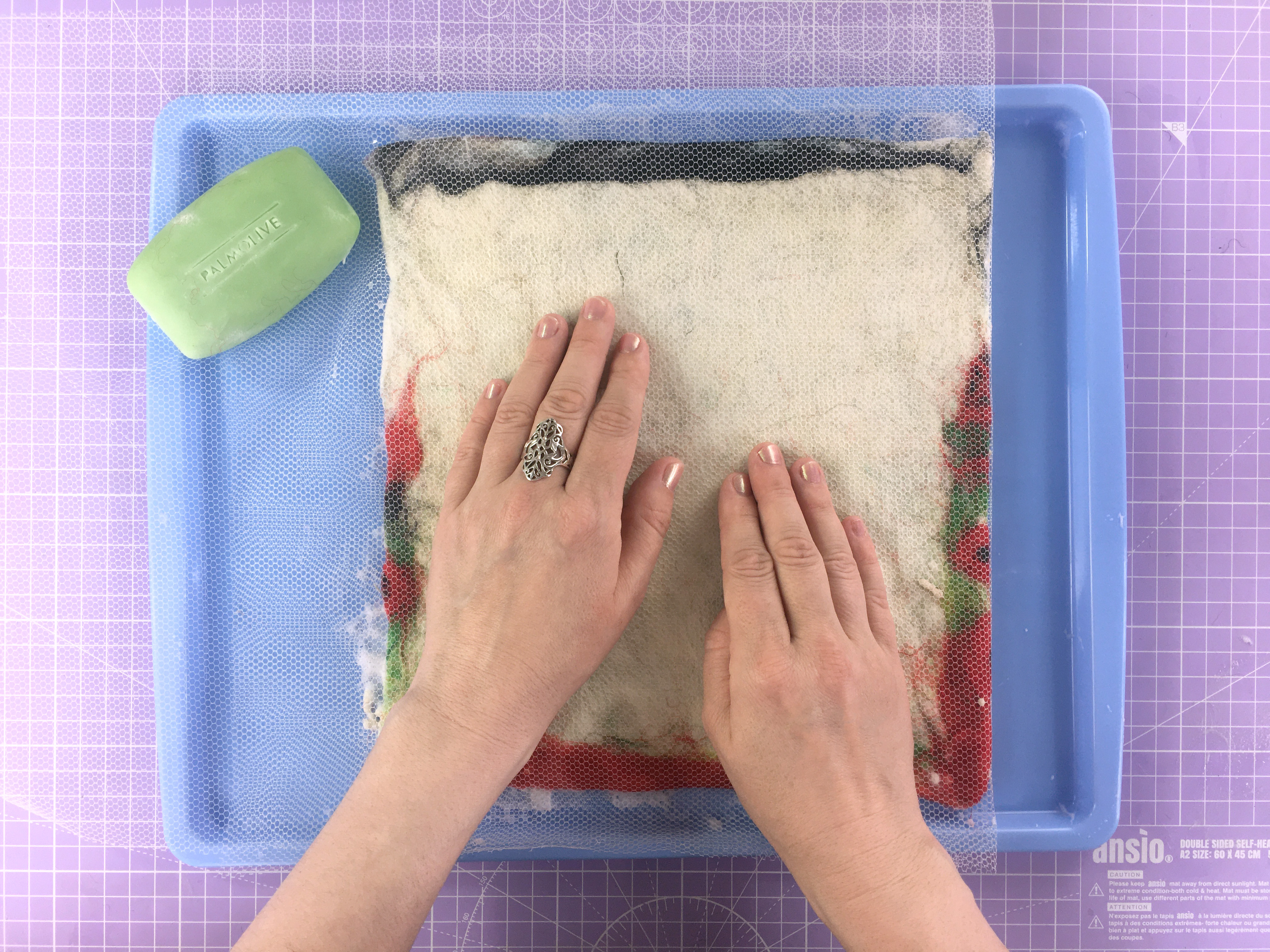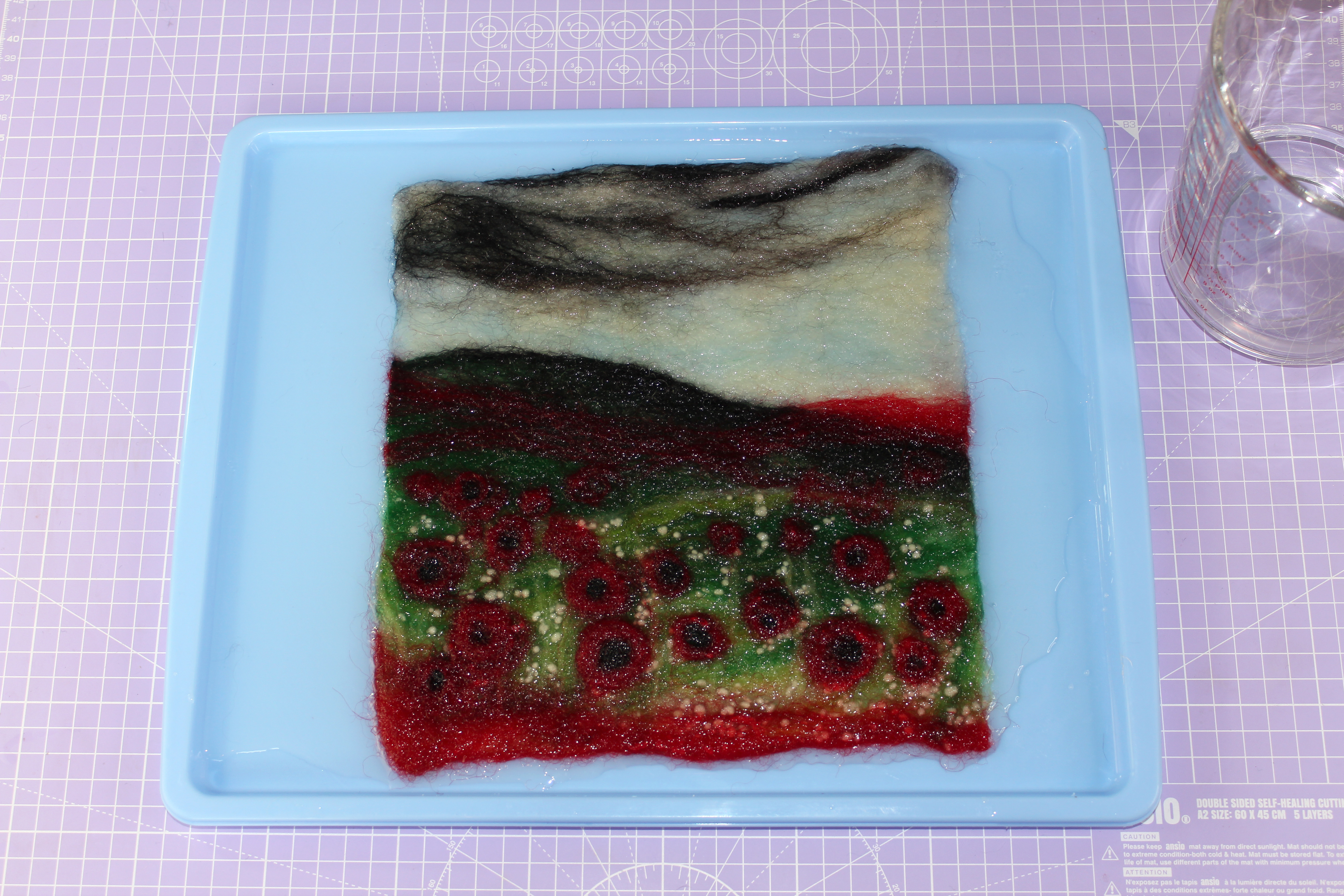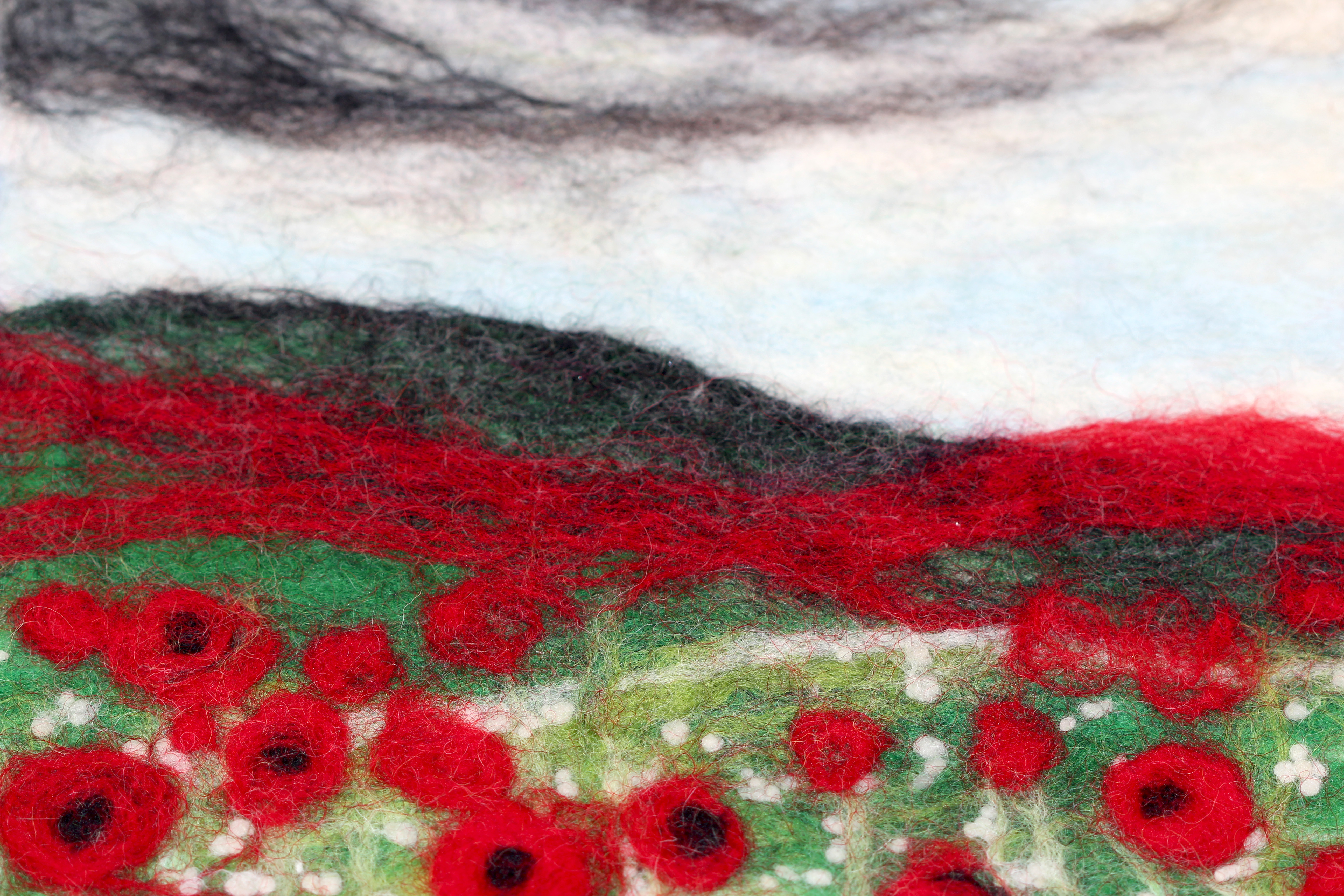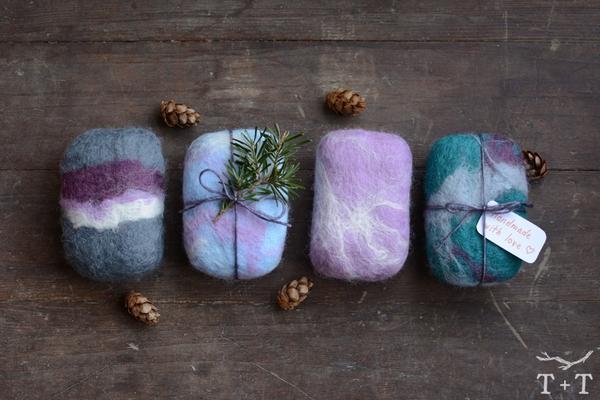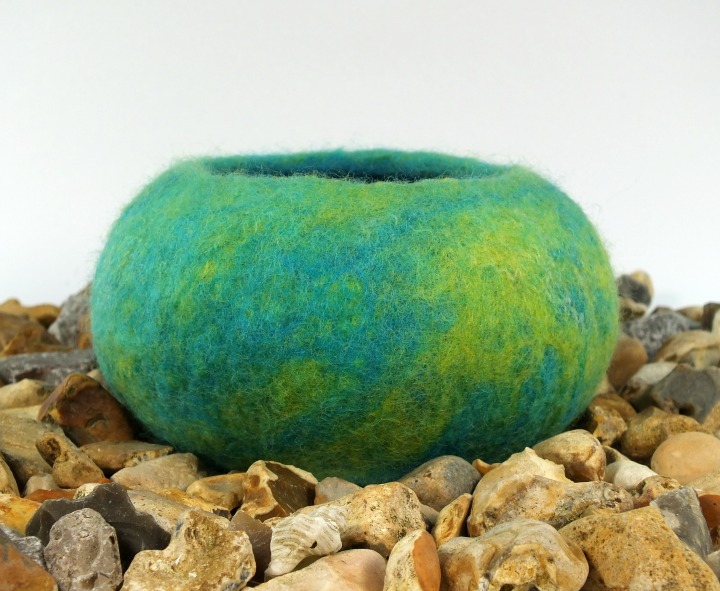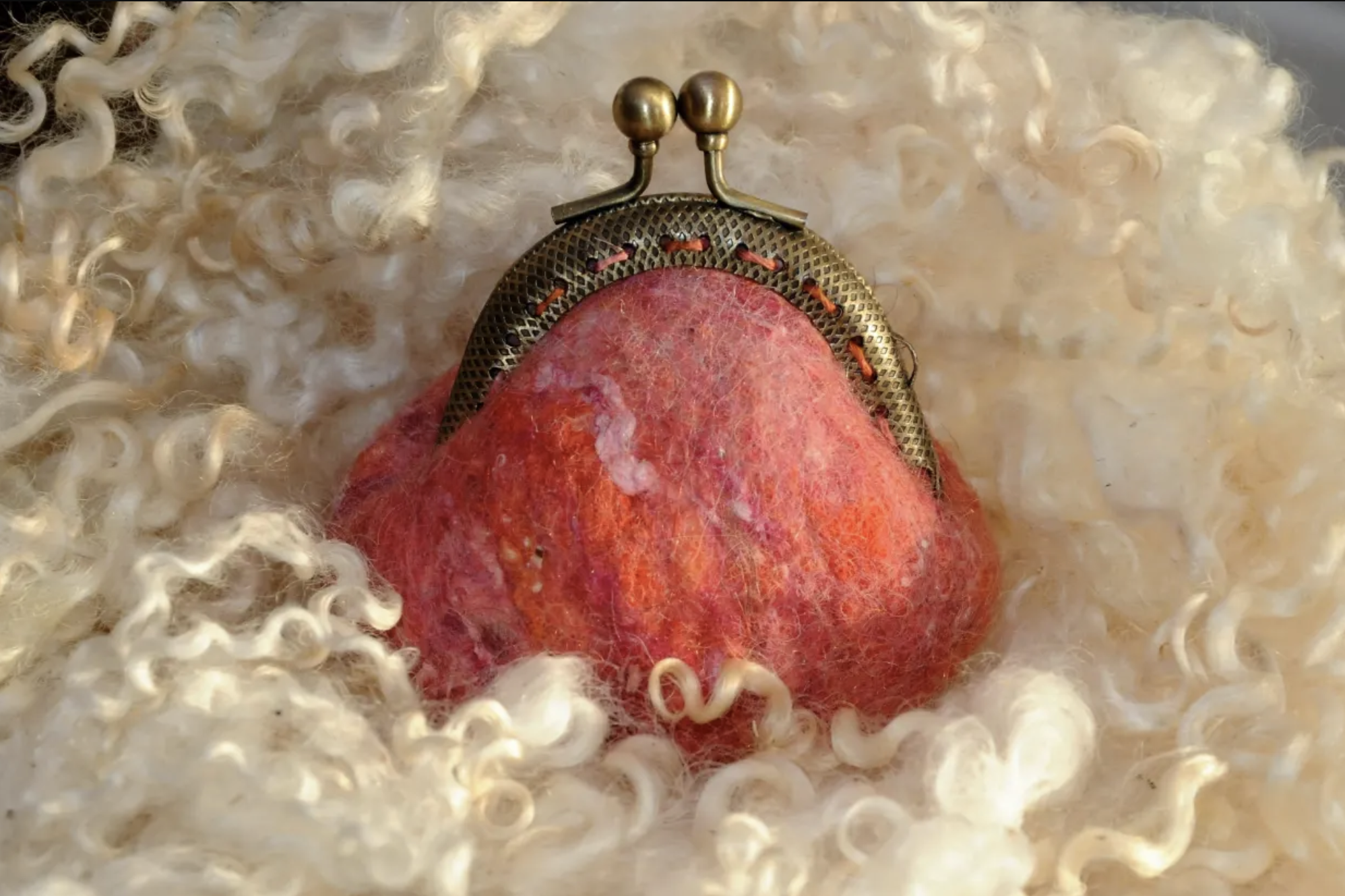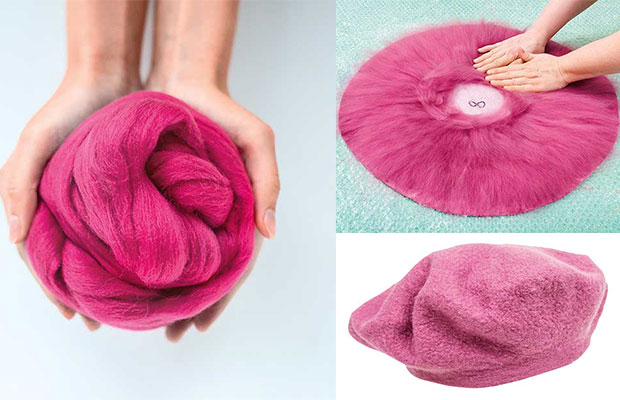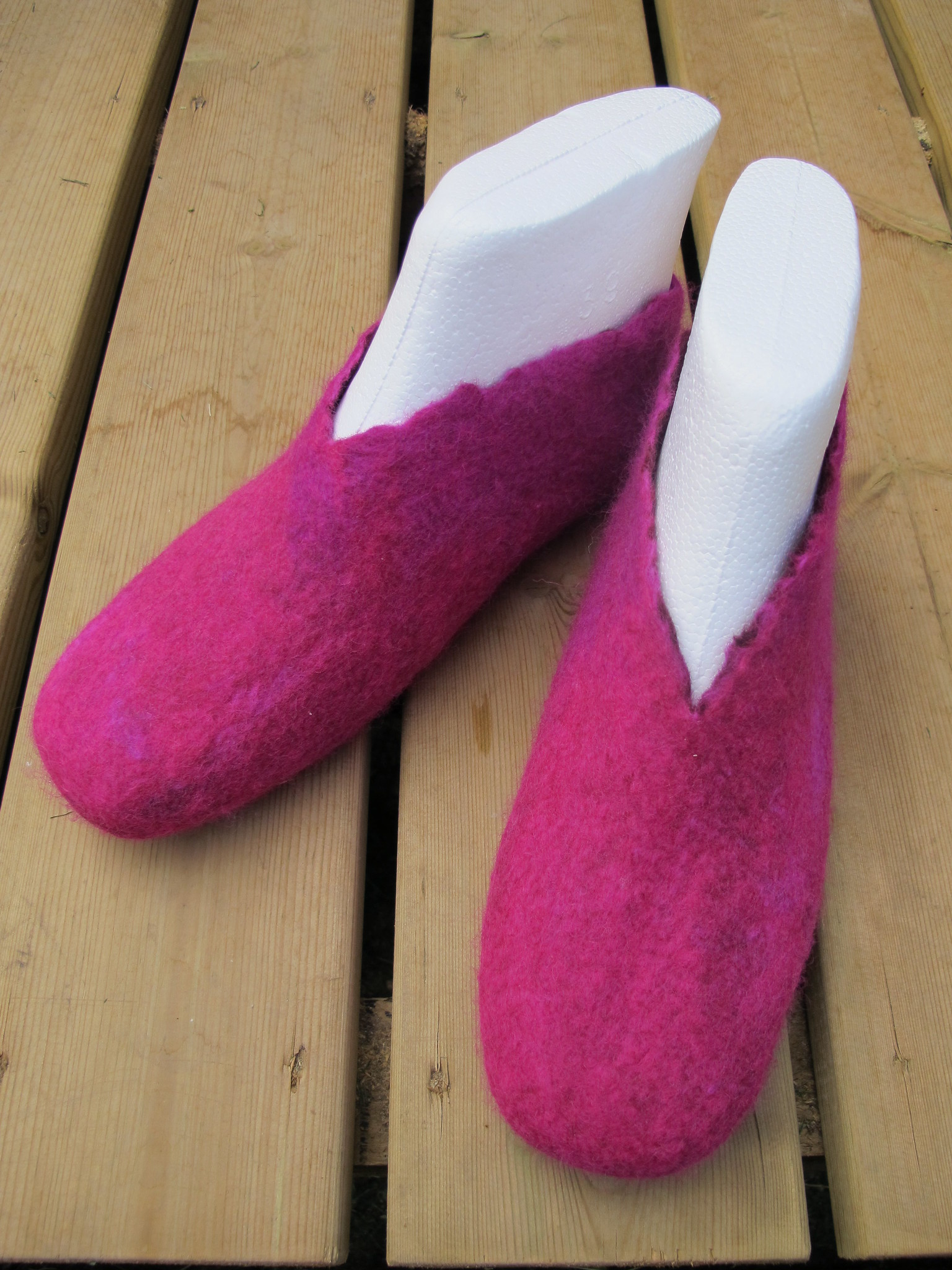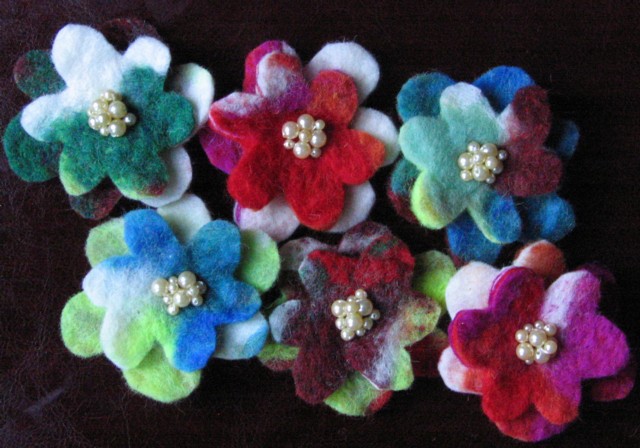Felt is an incredibly versatile material, it's warm and oh-so-soft to the touch, but with persistence, it can be worked and manipulated so that it becomes the same density as wood! In this article, we take you through the basics of wet felting and all the essential wet felting supplies you need to buy to get started.
We also have an exclusive step-by-step, easy-to-follow tutorial of how to make this wet felted poppy field scene, plus bring you all the best wet felting inspiration from around the web. Do you have any top tips for wet felting? Let us know in the comments below!

If you fancy checking out our beginner’s project, check out our Beginner’s Guide to Needle Felting – created by needle felting superstar, Gretel Parker.
If you’ve made any of the wet felting projects in this article, why not share a picture with us on Facebook or post them on Instagram, we love to see what you make!

What is wet felting?
Wet felting is the process of making felt by applying friction, heat and water to a mass of loose fleece fibres or roving. These fibres are then worked into a pattern or design, essentially 'painting' with the fibres, to create 2D or 3D piece of work. Once the fibres are felted together, you can use this felt in other projects, like home decor, accessories or clothing items to create truly unique works of art.
Wet felting supplies
Merino wool tops
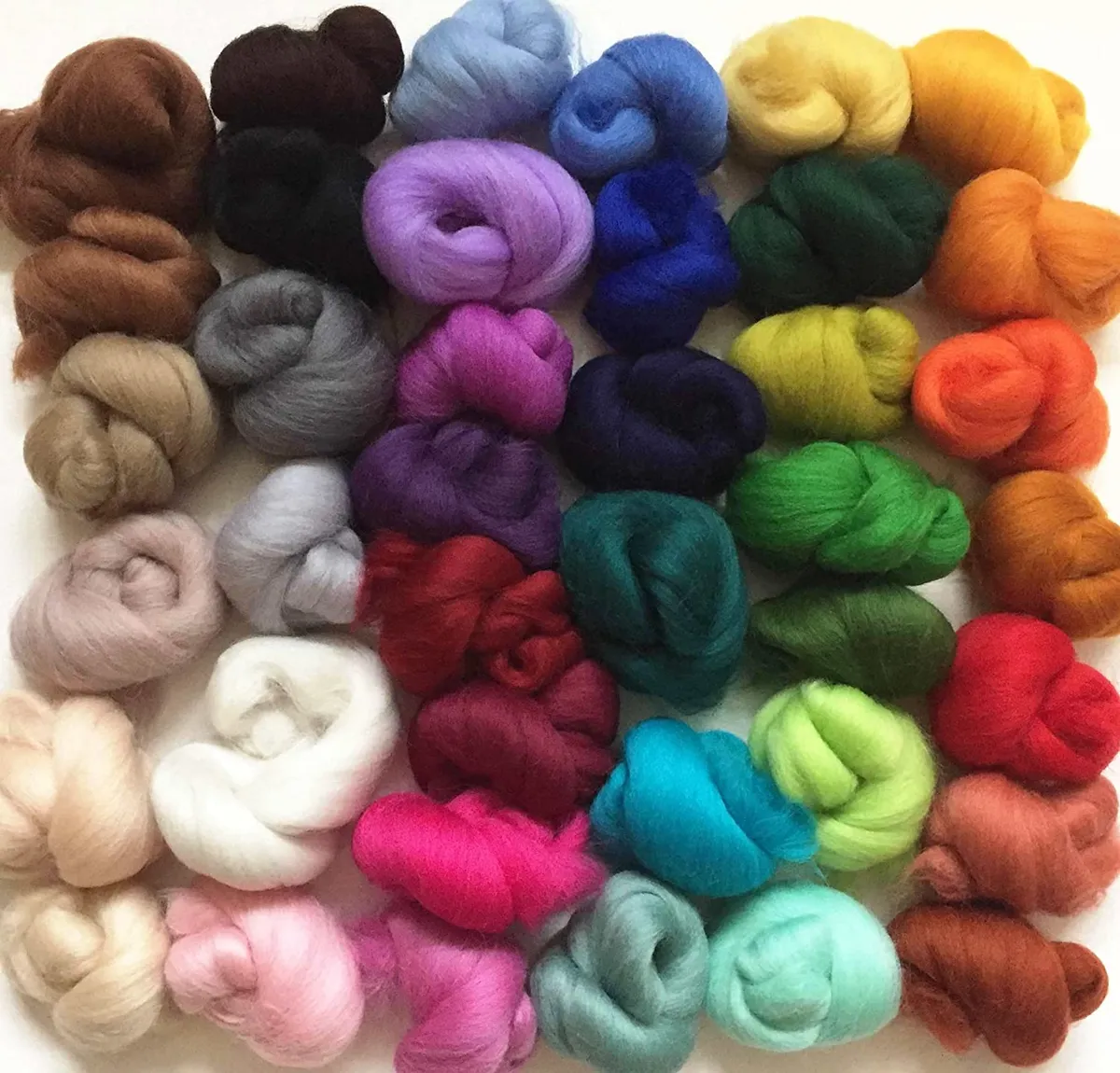
Merino wool tops are a great choice for wet felting. They come in a rainbow of different colours and can be picked up from most craft stores. If you know what design you're going to make beforehand, you can buy larger amounts of the exact colours you need, otherwise, a multipack like this one is a great place to start and build up your stash.
You can use your merino wool for a huge range of felting projects including our mini felted whale or our wet felting project below.
Cream fleece

Cream (or white) coloured fleece is useful for sealing your design. Once you've made your design, spread a very, very thin layer of cream fleece over the top and this will help to keep everything in place during the felting process. The thin layer will matt into the felt and you won't be able to see it once you've finished!
Hand carders
Buy now: £14, Elf Kendal Fairies on Etsy
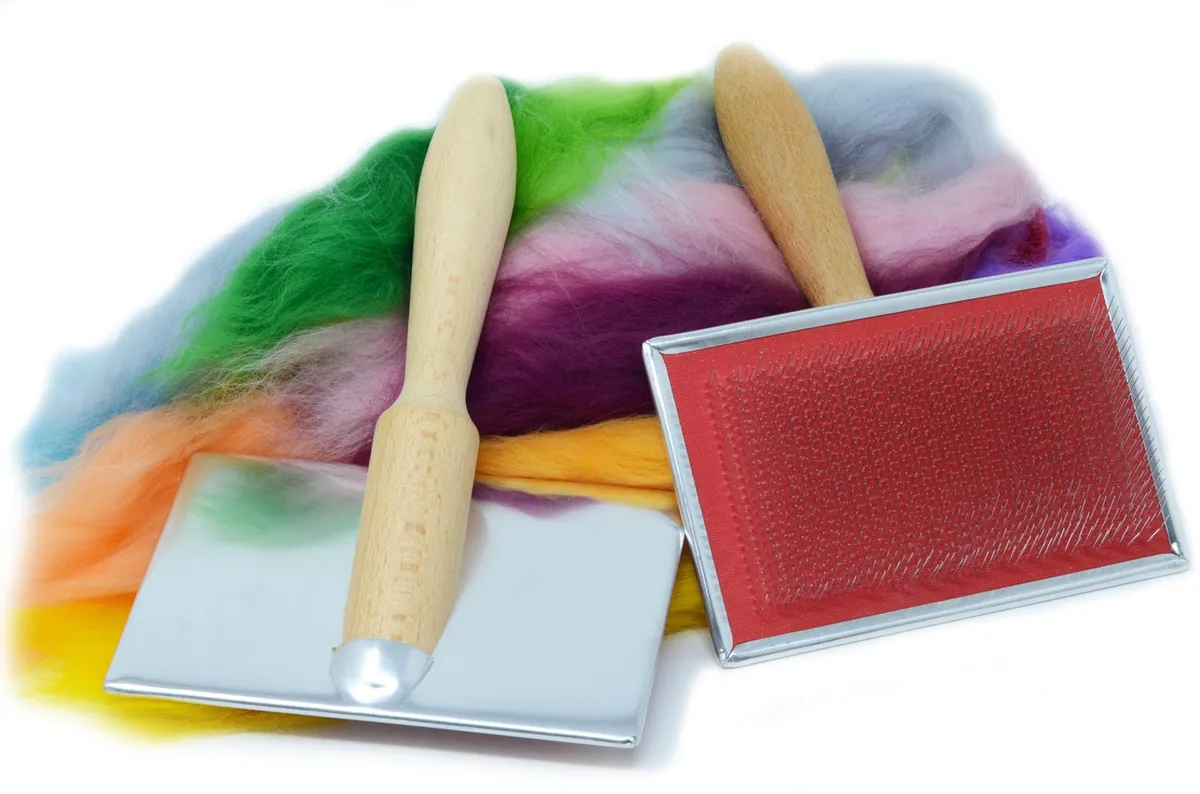
Hand carders are needed in wet felting to manipulate the fibres so that they lie in the same direction. It can take a bit of work, but using hand carders allows you to use a wider range of fibres in your work. If you don't have any hand carders (and don't want to buy any), just be sure to use pre-carded fibres.
Net

Netting is used to lay over your felted design, through which you apply soap. The coarse texture of the net stimulates the production of the suds, as well as helps to matt the fibres together. You might have some lying around the house (tulle is a great option), or you can pick net up cheaply at your local fabric store.
Bamboo mat
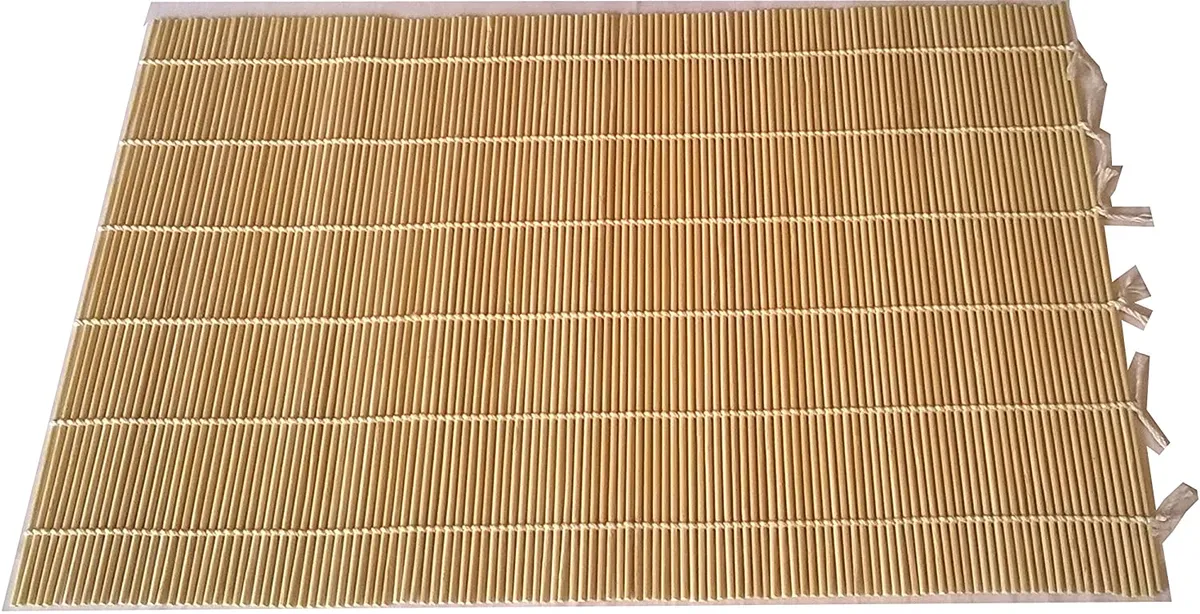
Bamboo mats are used in wet felting to allow you to roll your wet felted piece while maintaining its structural integrity. The water can drain out and the natural bamboo provides the friction needed to felt the fibres together. The type of bamboo mat used for rolling sushi is ideal, or you can also use a bamboo blind.
Olive oil felting soap
Buy now: £3.99, Heidi Feathers
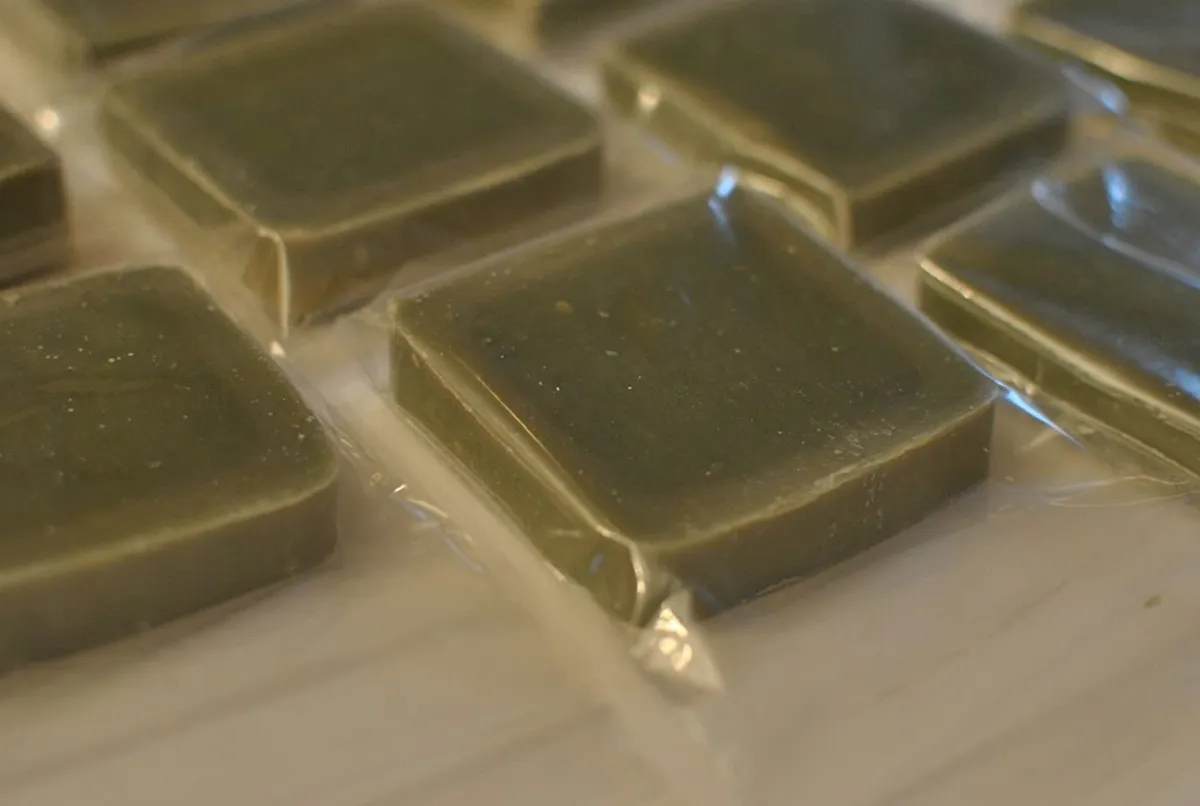
Applying soap during the felting process helps to reduce the felting time (and therefore work!) needed to matt the fibres together. It also means that if you have a complicated design, the reduced felting time helps keep your design in place and reduce warping. Olive oil soap is often preferred by felters, as it's gentle on the hands as well as being low foaming - but wet felting will also work with any bar or liquid soap you have to hand.
Waterproof container

Things could get messy when wet felting, and you'll need to keep the (boiling) water contained. A container like this washing up bowl is ideal, as there is plenty of room to manipulate the felt in the bowl. This one is made from 100% recycled materials, too.
Bubblewrap

Bubblewrap is not essential for wet felting (I made the wet felted poppy field design without using bubblewrap), but it does have its uses. Bubblewrap helps to spread the moisture out evenly across the fleece, removing the air and aiding the felting process. If you don't want to mess up your design, using bubblewrap is a great way to pre-felt. You've probably got some lying around your house, but if you haven't, this small roll is ideal - and perforated for ease of use.
Wet felting kit

Don't want to buy everything individually? Treat yourself to a wet felting kit - this one from Artfelt has all you need to make this beautiful sunset vista, complete with woolly sheep. We love it!
How to do wet felting
Follow our simple step-by-step tutorial and make this easy wet felted poppy scene!

